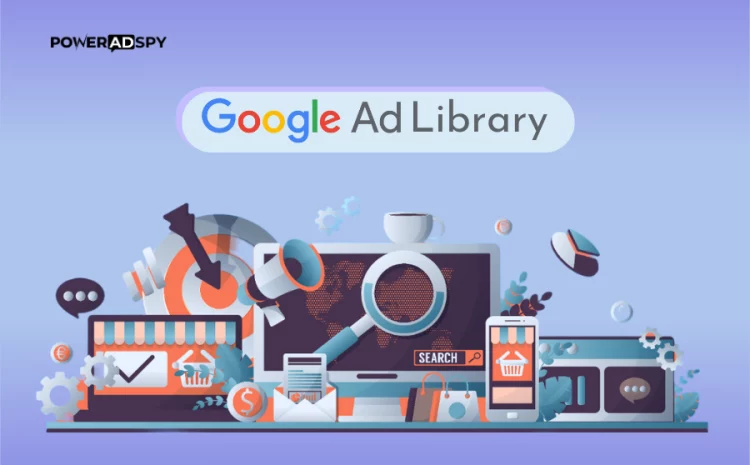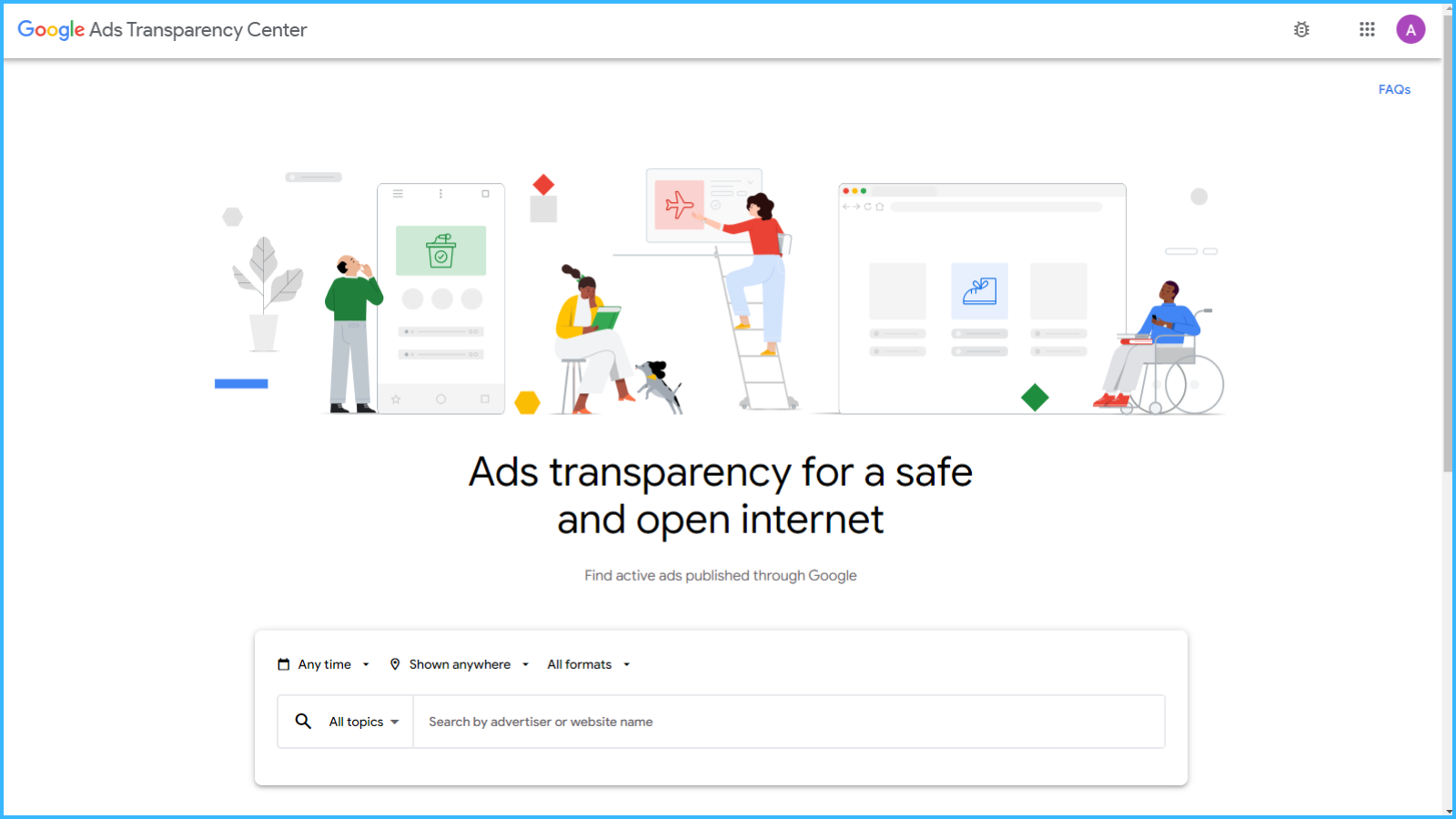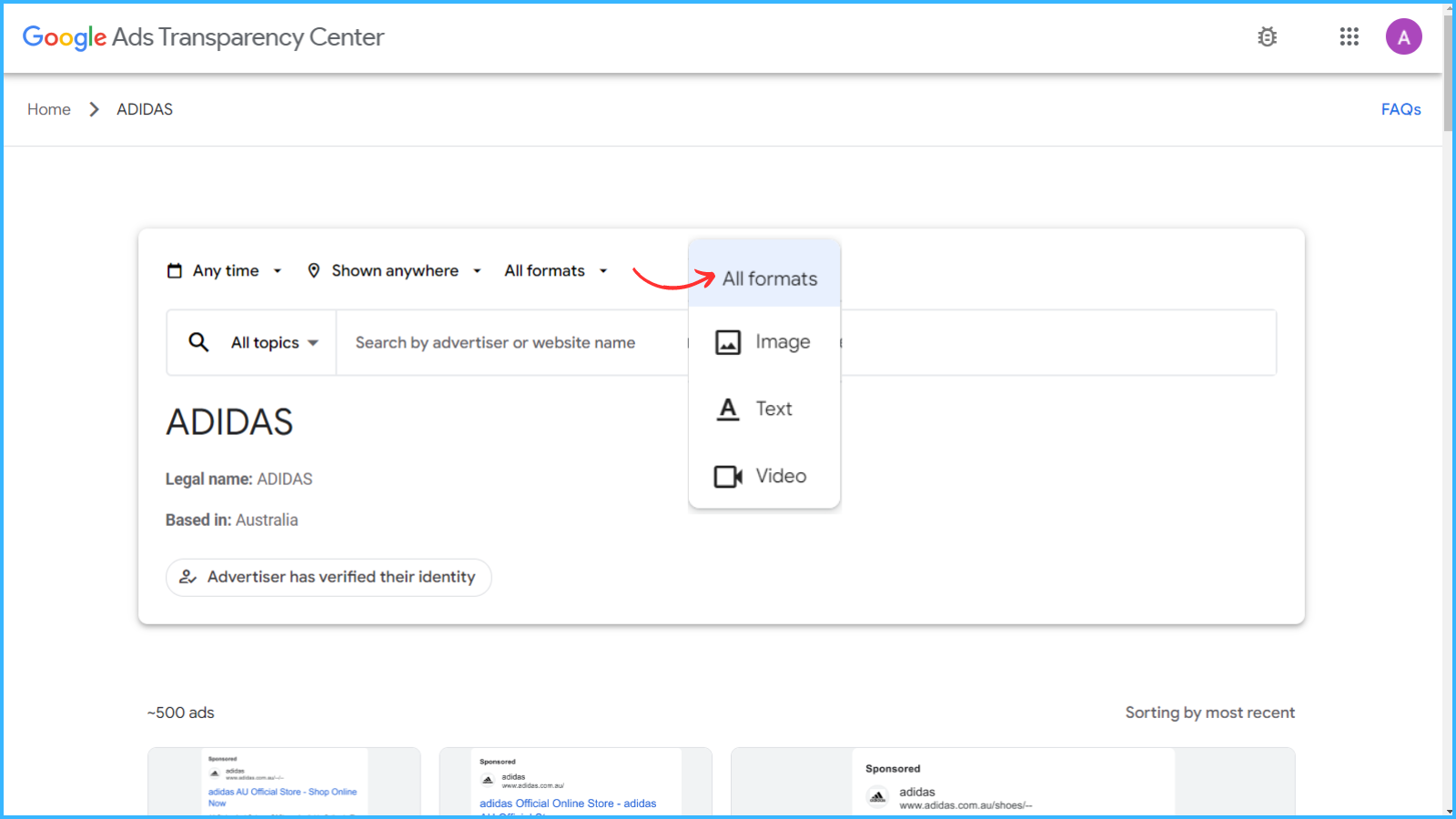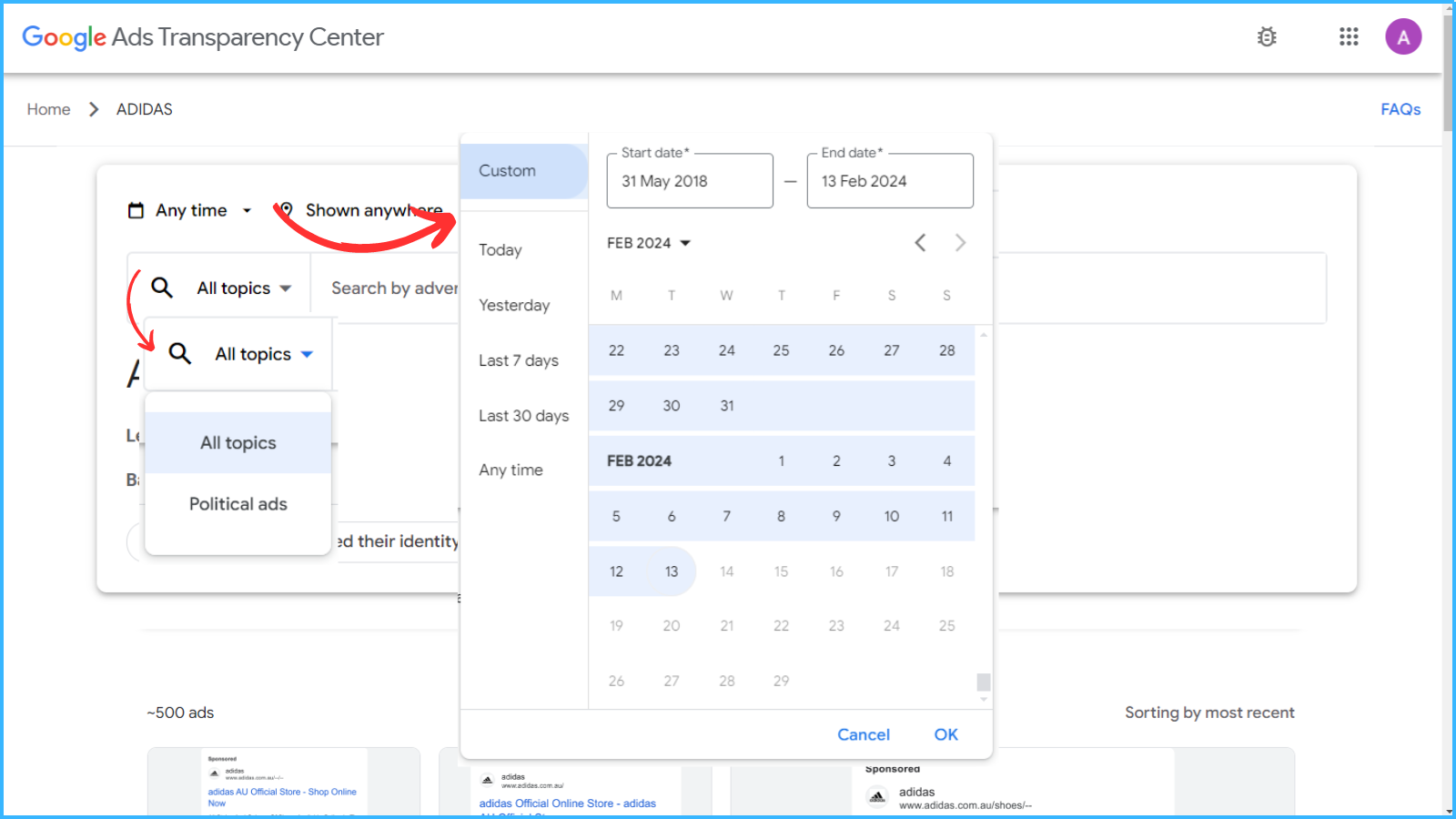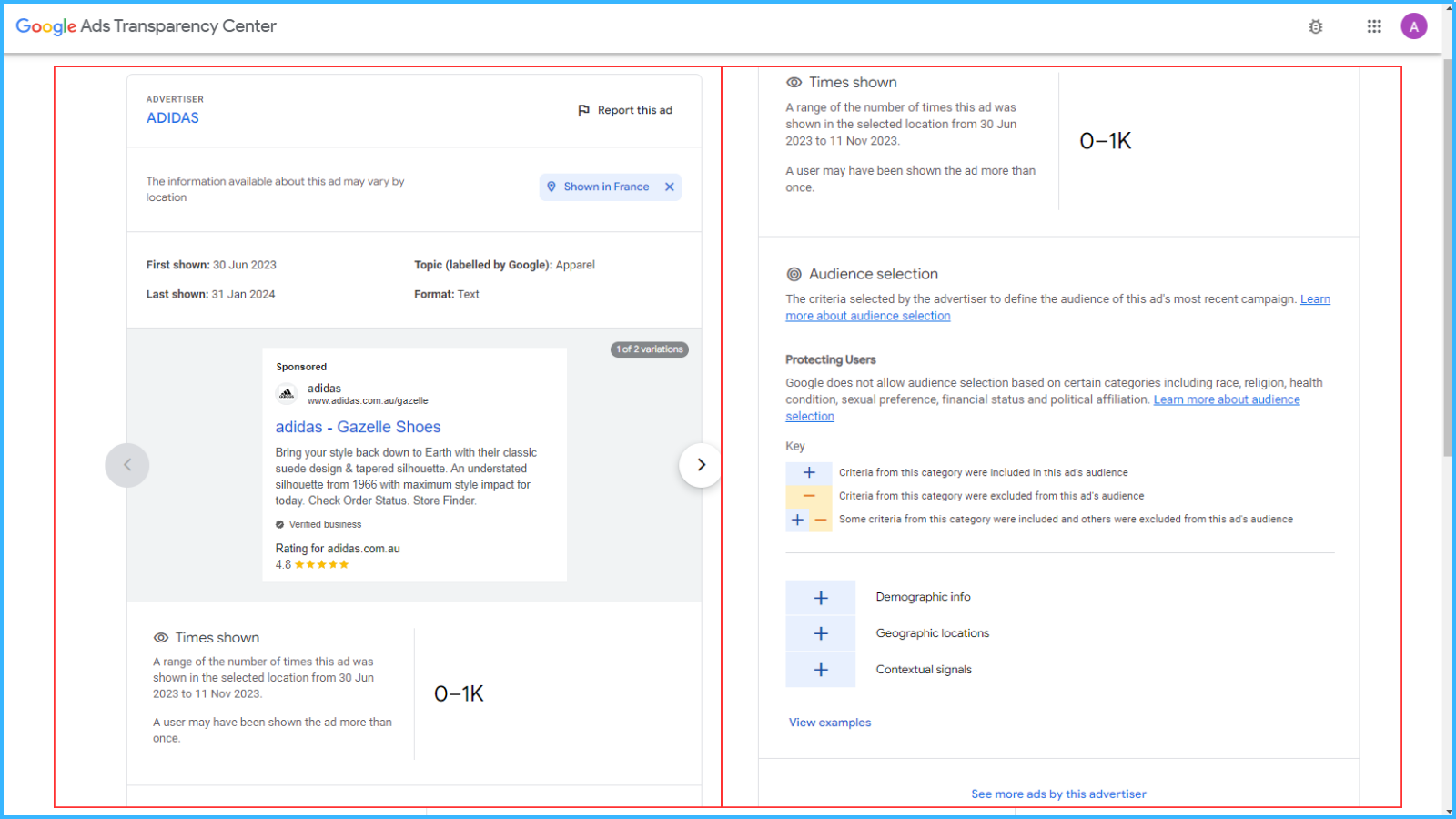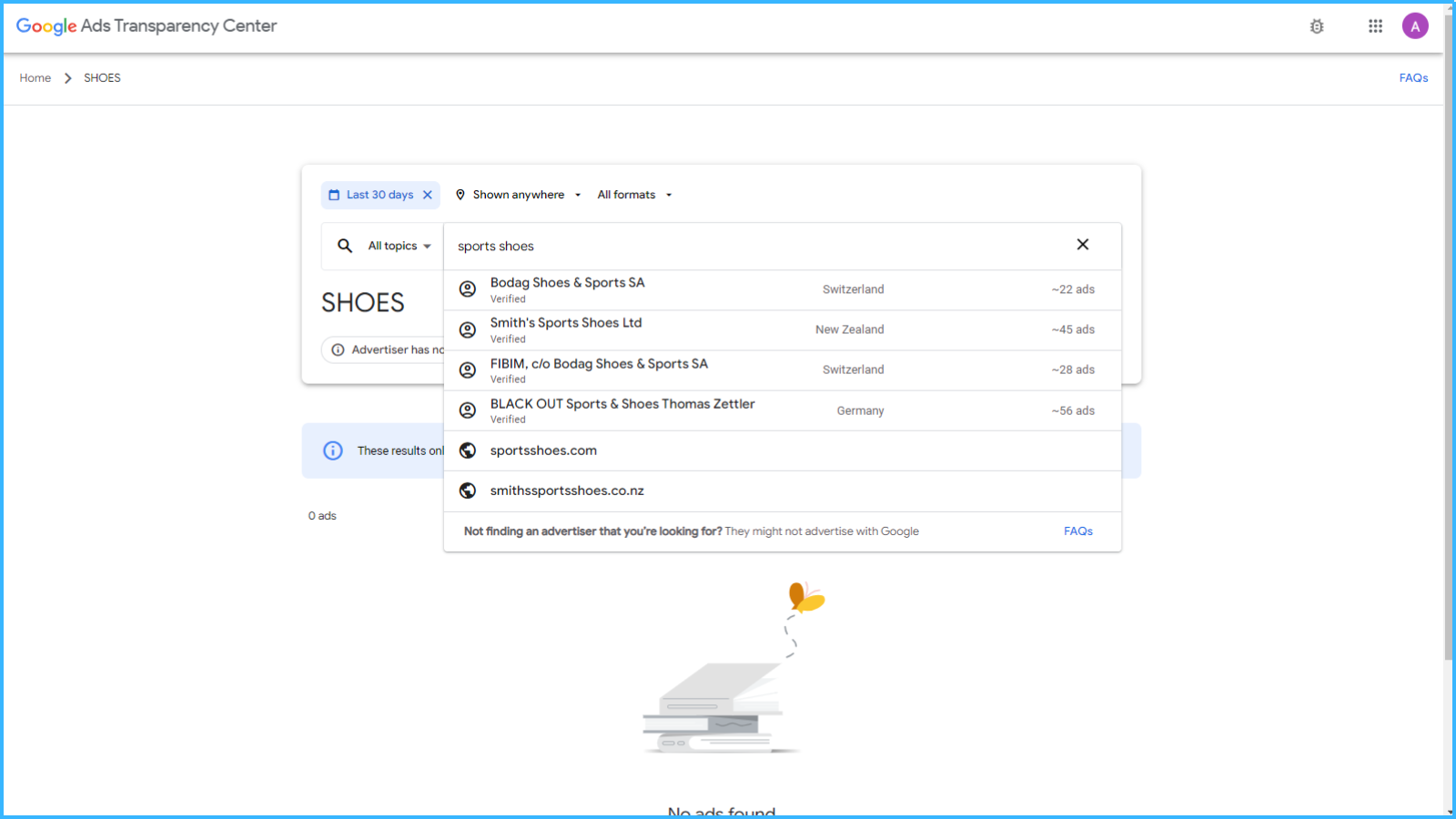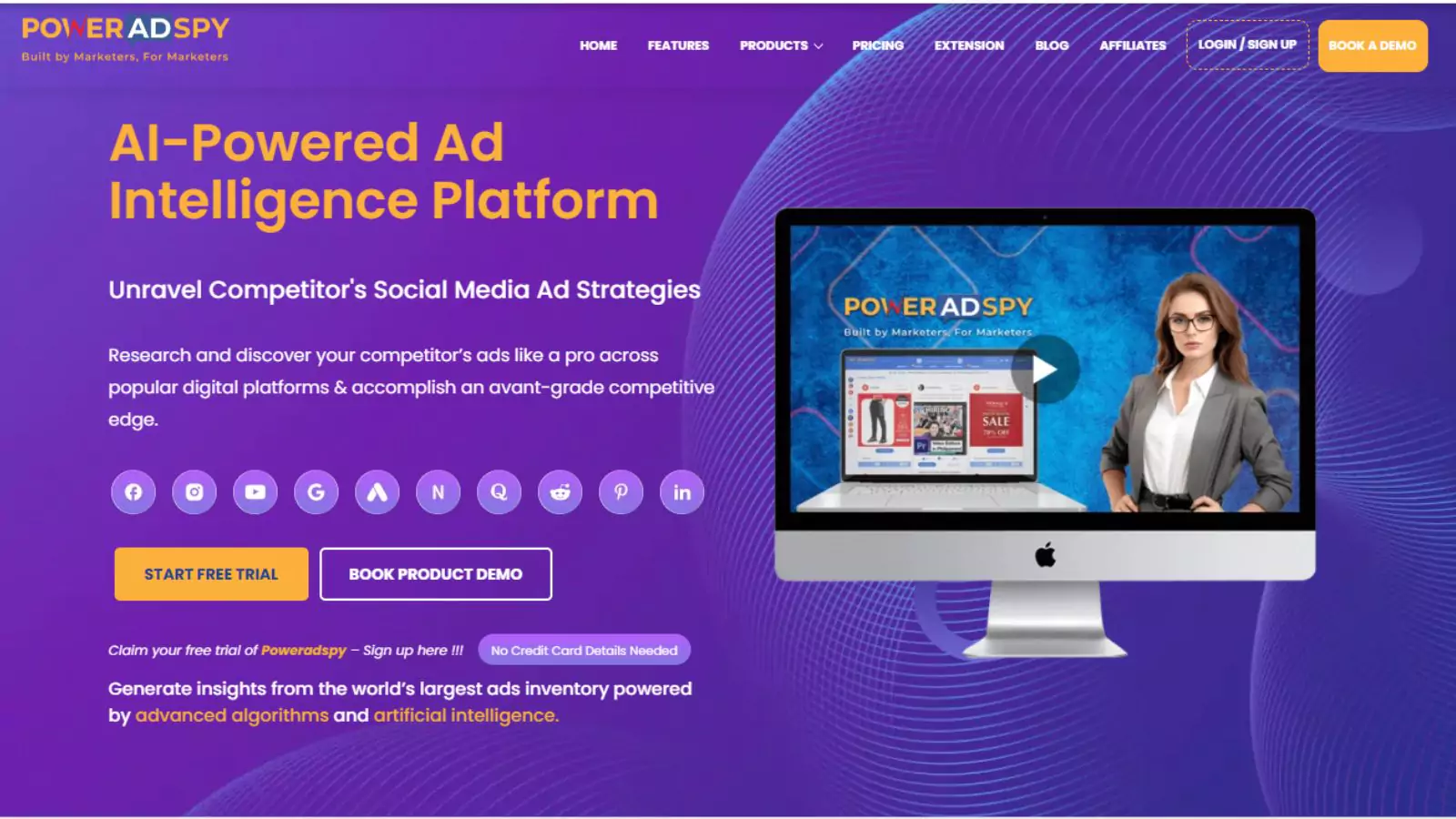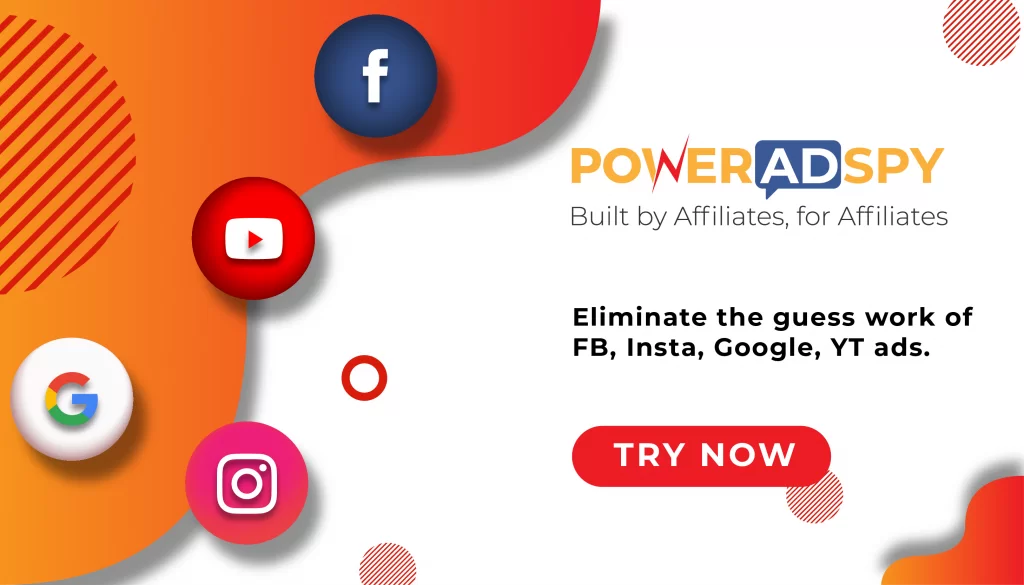How To Use Google Ad Library For Best Results
Digital advertising is a battlefield where success often hinges on the ability to outwit and outmaneuver your competitors. Yet, in this cutthroat arena, the rules of engagement are constantly shifting, leaving even the most seasoned marketers grappling for an edge. Amidst this fierce competition, the Google Ad Library emerges as a beacon of hope, offering unparalleled insights into your rival’s strategies.
With Google’s ad library at your fingertips, you gain access to various information on your competitors’ campaigns. From evaluating their ad creatives to comprehending their messaging strategies, this powerful tool allows you to gain essential insights that can help you inform and improve your advertising efforts.
Join us as we delve into the extraordinary reasons why leveraging the Google Ad Library is paramount for success in the ever-evolving landscape of digital advertising. With its unique ability to unearth the strategies of your competitors, this invaluable resource helps to revolutionize your approach and propel your campaigns to unparalleled heights.
Furthermore, we’ll explore how integrating third-party Google ad spy tools can enhance your competitive intelligence, amplifying the impact of your marketing endeavors.
In a hurry? Listen to the blog instead!
What Is Google Ad Library
TheGoogle Ad Library is a comprehensive collection of advertisements across many Google platforms, giving marketers unmatched access to a wealth of ad content and data. Originally designed as a tool for political transparency, it has subsequently evolved into an essential resource for marketers looking to study and evaluate advertising trends in their specific industries.
Users can find diverse ad formats like display, search, and video on platforms like Google, YouTube, and partner websites. Each ad entry provides valuable information, including the advertiser’s name, duration, and impressions.
Moreover, it allows users to filter ads based on various criteria, such as geographic location, ad type, and advertiser name, facilitating targeted analysis and research. Whether you’re interested in studying competitor strategies, monitoring industry trends, or gaining inspiration for your campaigns, the Ad Library offers a wealth of data to support your objectives.
By providing transparency into the advertising landscape, the ads library empowers marketers to make informed decisions and stay ahead of the curve in an ever-evolving digital ecosystem. Its user-friendly interface and robust search capabilities make it a valuable tool for marketers of all levels, from novices to seasoned professionals.
In the next section, we’ll delve into how to access and navigate the Google Ad Library effectively, ensuring you can harness its full potential to drive success in your advertising endeavors.
How To Use Google Ad Library For Competitive Research
The Google Ad Library offers a vast range of features designed to assist you in gathering valuable data and insights on your competitors’ advertising endeavors. These insights can be advantageous for your digital marketing strategy, enabling you to identify successful ad formats, messaging approaches, or targeting options. Here’s a step-by-step guide on how to leverage this ad library for competitive research:
Access The Google Ad Library
Once you’ve accessed the Google Ad Library platform, utilize the search bar to look up specific advertisers or websites. Enter the advertiser’s name or the website URL to narrow down your search.
Additionally, you have the option to filter Google ads by date range. You can select from preset options such as “Any time” to “Today” or choose a custom date range to refine your search.
Moreover, you can filter ads based on the location where they appeared, offering additional insights into regional advertising strategies. The ads library will then display an extensive list of ads from the specified advertisers or websites, delivering a comprehensive overview of the advertising landscape.
Let us take the example of Adidas Shoes. The following images show the Google Ad Library displaying the ads running by Adidas on Google platforms.
You can narrow down searches based on location, date, and format.
Analyzing Ad Details
Upon identifying ads of interest, dive deeper by clicking on individual ads to access crucial details. These details comprise the last time the ad appeared, its format, and any variations of the ad. By carefully analyzing this information, you can discern valuable insights into the strategies that your competitors employ. As a result, this enables you to make informed decisions and refine your campaigns accordingly.
Limitations Of The Google Ad Library
While the Google Ad Library provides valuable insights into competitors’ advertising strategies, it’s important to acknowledge its limitations, particularly regarding regional variations and search capabilities.
Regional Variations: The level of detail in Google’s ad library may vary depending on the region. Specifically, ads shown in the European Union (EU) region tend to provide more comprehensive information. It includes details such as when the ad first appeared, the number of times it’s shown, and the audience selection criteria employed by the advertiser. Unfortunately, ads displayed in other regions do not offer these additional insights, emphasizing the importance of considering regional variations when conducting competitive research.
Below is an image showing Google’s Ad Library showing ad analytics for Australia (a non-European Union country).
Following is an example of Google Ad Library showing much more detailed ad analytics for France, a European Union Country.
Search Limitations: One significant drawback of the Google Ad Library is its inability to conduct keyword-based research or narrow down searches based on specific niches or products. Unlike specialized tools like PowerAdSpy, the Ad library lacks the feature to directly search for competitor Google ads based on keywords, products, or demographic targeting. This limitation can hinder marketers’ ability to conduct targeted research and may limit the scope of their competitive analysis efforts.
The following image shows that Google’s Ad Library does not support keyword, product, or niche-based searches.
As digital advertising evolves, marketers must recognize these limitations and explore comprehensive tools like PowerAdSpy to overcome them. By leveraging advanced features and functionalities, marketers can stay ahead in the competitive landscape and make informed decisions to drive success in their advertising campaigns.
PowerAdSpy: Advanced AI Ad Intelligence Tool
PowerAdSpy is a cutting-edge Google Ad Spy tool that offers advertisers unmatched insights into their competitors’ advertising strategies. PowerAdSpy’s powerful features and user-friendly interface help businesses stay ahead of the competition and achieve better results from their ad campaigns.
Key Features and Advantages:
Ad Database: PowerAdSpy gives you access to over 500 million ads from 100+ countries across platforms, including Facebook, Instagram, Google, etc. This database enables marketers to gain inspiration and insight from a diverse selection of advertising creatives.
Niche-Based Filters: PowerAdSpy provides niche-based filters, allowing for highly targeted searches based on keywords, products, domains, and advertisers. These filters streamline the process, offering marketers efficient access to relevant ad content.
AI-Based Filters: Utilizing artificial intelligence, it refines searches based on landers, countries, ad type, and placement. It facilitates in-depth competitor analysis, uncovering valuable insights to inform marketing strategies.
Save Lander Pages and Bookmark Favorite Ads: Marketers can conveniently save lander pages and bookmark favorite ads within PowerAdSpy. This feature streamlines revisiting and analyzing relevant content for campaign optimization and research purposes.
Read More
Inside The YouTube Ads Library: A Complete Overview
Google Ads Secrets: How To See Competitors Google Ads
Easy And Quick Way To Discover Your Competitor’s Google Ads
Best Practices Of Competitor Ad Analysis?
Maximize the effectiveness of your Google Ads campaigns with these expert strategies. From analyzing competitor ads to refining your messaging and visual appeal, these best practices will help you stay ahead in digital advertising.
Utilize Sophisticated Tools: Numerous sophisticated competitor ad analytics tools provide comprehensive insights from various platforms. PowerAdSpy is a standout example, offering analytics from multiple sources, including various Google platforms such as YouTube Ads Library and other Google advertising channels.
Focus on Key Metrics: Explore the following metrics to gain a competitive edge in your advertising strategy.
- Number of ads your competitors are running.
- Ad placement locations.
- Video formats utilized by competitors.
- Offers and promotions featured.
Diversify Your Ad Formats: Explore diverse ad formats your competitors are employing and identify current trends or widely adopted practices. Understanding what works or doesn’t work within your industry allows you to diversify your ad formats effectively. Moreover, it helps you engage your audience more effectively and align your campaigns with industry best practices.
Analyze Ad Messaging: Examine the messaging utilized by your competitors in their ads. Identify the pain points addressed and the unique selling propositions highlighted. Use this insight to refine your ad messaging to engage your audience and urge them to take action.
Enhance Visual Appeal: Assess the visual elements of the ads in Google Ad Library, such as images, videos, and colors. Leverage these insights to build visually striking and appealing ads that capture your audience’s attention.
By following these best practices, you can leverage competitor ad analysis to optimize your advertising strategy and achieve better results.
Final Thoughts
To succeed in digital advertising, use competitive intelligence tools like the Google Ad Library and PowerAdSpy. These tools allow marketers to analyze competitor strategies and industry trends, enabling them to fine-tune their campaigns for greater effectiveness.
Diversifying ad formats, analyzing messaging, and enhancing visual appeal are essential steps toward staying ahead in the competitive landscape. Furthermore, integrating advanced AI-based tools like PowerAdSpy enables marketers to delve deeper into competitor insights and uncover hidden opportunities.
By leveraging these tools effectively, marketers can gain a competitive edge and drive success in their advertising endeavors. Stay proactive, stay informed, and watch your campaigns soar to new heights.

